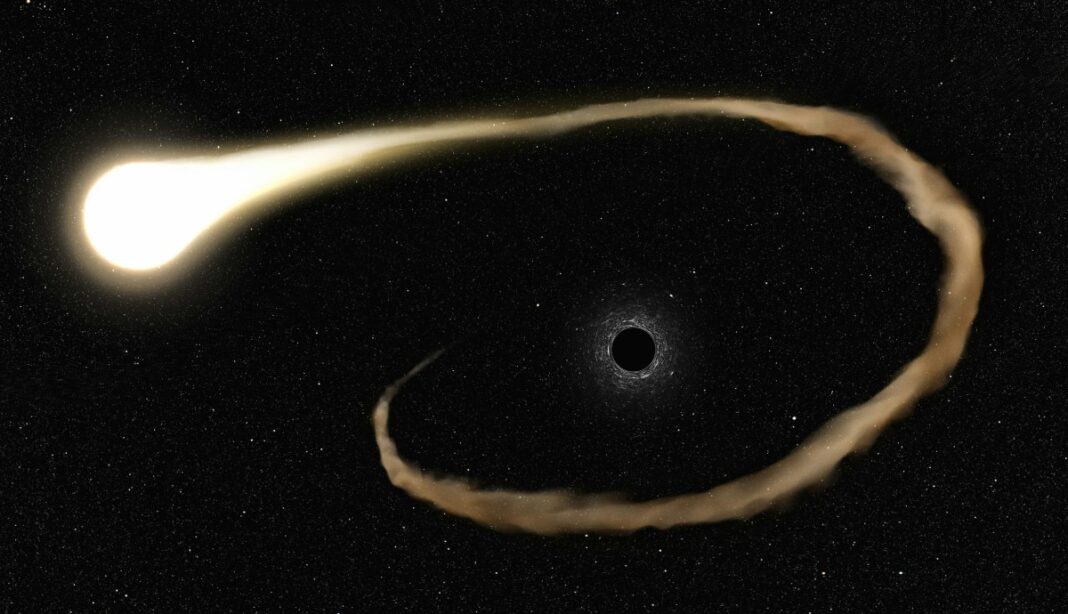The same black holes that tear apart stars and bend reality have become unlikely collaborators of NASA after the space agency released musical compositions formed through telescope data.
NASA recently released sonifications—translations of digital data to sound—drawing from observations made by a number of its most powerful telescopes, including the Chandra X-ray Observatory, the James Webb Space Telescope and the Imaging X-ray Polarimetry Explorer.
For astronomers, sonification offers a new way to analyze data that might reveal patterns invisible to traditional visualization methods. For the rest of us, it’s a reminder that the universe is full of phenomena so extreme and beautiful that they can literally make music, even in the vacuum of space.
NASA has been experimenting with turning space data into audio for years as both an accessibility tool and a way to help scientists identify patterns in complex datasets, but these black hole compositions represent some of the most sophisticated examples yet.
The first piece captures WR124, a massive star located 28,000 light-years from Earth that may be in its final stages before potentially collapsing into a black hole. At the center is a “hot core of the star that may explode as a supernova and potentially collapse and leave behind a black hole in its wake,” according to NASA.
In their sonification, the star’s surrounding nebula resonates as flutes while background stars chime like bells. The central star itself produces a descending, scream-like sound that begins the piece, with X-ray sources detected by Chandra translated into delicate harp tones as the musical scan moves outward from the stellar core.
The second movement explores SS433, a binary system approximately 18,000 light-years away where a Sun-like star orbits either a neutron star or black hole. This cosmic dance creates fluctuations in X-ray emissions that multiple telescopes have observed.
The sonification captures these orbital undulations as pulsing sounds while radio waves from the surrounding nebula, which collectively resemble a “drifting manatee,” provide a backdrop. The system’s location emanates a plucked sound while bright background stars mirror the plinking noises made by water droplets.
The triptych concludes with Centaurus A, a galaxy 12 million light-years away that harbors a supermassive black hole at its center. Creating one of the most dramatic structures in the known universe, it’s an “enormous black hole that is sending a booming jet across the entire length of the galaxy,” per NASA.
In the sonification, X-ray data from Chandra becomes wind chimes while continuous X-ray frequencies from IXPE produce other wind-like sounds. Meanwhile, the galaxy’s stars, captured in visible light by the European Southern Observatory’s MPG telescope, are translated into string instruments.
These compositions were developed by the Chandra X-ray Center (CXC), with support from NASA’s Marshall Space Flight Center and NASA’s Universe of Learning program. The collaboration was led by visualization scientist Kimberly Arcand as well as astrophysicist Matt Russo and musician Andrew Santaguida along with consultant Christine Malec.
You can read more about the sonifications here.

